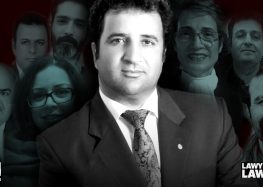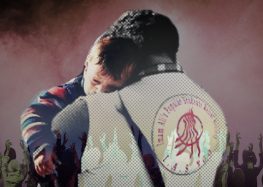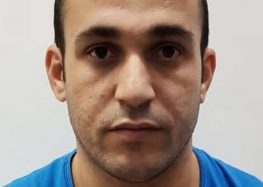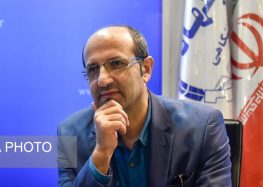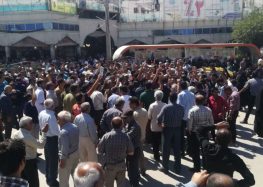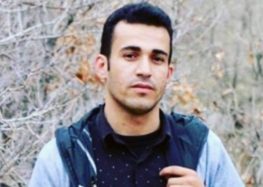Landmine Victims Denied Compensation as Border Regions Remain Plagued by Remnants of Iran-Iraq War
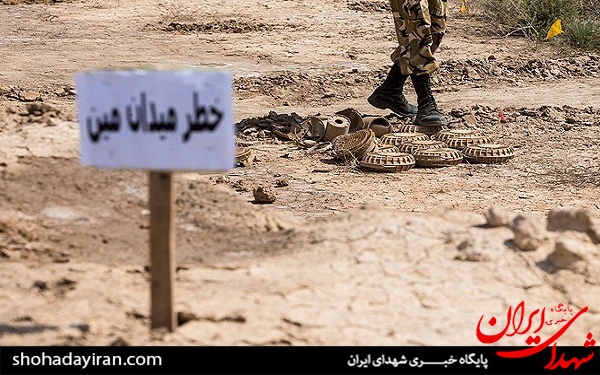
An attorney representing people maimed by mines in Iran’s border regions says the victims are not only entitled to damages under the country’s Islamic Penal Code, but could also qualify for funds set aside by the Interior Ministry’s Article 2 Commission for wounded veterans.
Hossein Ahmadiniaz told the Center for Human Rights in Iran (CHRI) on September 27, 2017, that “there can be only be compensation for part of the damages since psychological damages can never be repaired. “Nevertheless, the law has never been applied to many landmine victims. At least I haven’t had any success in such cases, neither have my colleagues.”
The attorney added: “The war with Iraq ended 30 years ago and now we have to think of new ways to seriously deal with these minefields. First of all, we need new laws and regulations to help the victims. Secondly, the government should join the anti-mine Ottawa Convention and thereby benefit from new mine-clearing technology. Also, non-governmental organizations should be given permission to get training to carry out mine-clearing operations.”
Millions of landmines that were laid by Iraqi forces in Iran’s western provinces during the Iran-Iraq War (1980-88) that were never cleared continue to threaten the lives of people living in towns and villages near the Iran-Iraq border.
Over the past two decades, rain and floods have shifted some mines outside marked zones into farms and riverbanks, further endangering civilians.
“One client, Ghader Nabati, is a border tradesman who in 2014, stepped on a mine in the Baneh border strip [in Iran’s Kurdistan Province] and lost his right leg below the knee. He has not being given a pension as a victim of war nor has he been given compensation for his hospital bills or medical expenses,” said Ahmadiniaz, who has been representing landmine victims since 2006.
“My other clients, Soleiman Jafari and Hadi Lezgi, from Bukan [West Azerbaijan Province], were blinded in both eyes and lost one of their hands when they stepped on a mine 14 years ago,” he added. “The Article 2 Commission agreed that they should receive veterans’ pensions, but the Martyrs Foundation has rejected it. This is a great injustice.”
Iran is not a signatory to the United Nations’ 1997 Mine Ban Treaty, known as the Ottawa Convention on the Prohibition of the Use, Stockpiling, Producing and Transfer of Anti-Personnel Mines and on their Destruction.
Ahmadiniaz described situations in which the authorities accused victims of crimes to avoid paying compensation.
“Last week a victim of a mine explosion in Piranshahr [West Azerbaijan Province] contacted me after stepping on a mine as she was herding her sheep on a mountain one night,” he said. “One of her legs was completely blown away. The police accused her of being a trafficker and refused to issue an accident report required by the Article 2 Commission to prove disability for a pension. But she was not a trafficker. She was only with her herd and was not transporting any goods.”
“My other clients, Soleiman Jafari and Hadi Lezgi, from Bukan [West Azerbaijan Province], were both blinded and one lost an arm and the other a hand after they stepped on a mine 14 years ago,” said Ahmadiniaz. “The Article 2 Commission agreed that they should receive veterans’ pensions, but the Martyrs Foundation has rejected it. This is a great injustice.”
“There are many such cases,” he added. “In Piranshahr alone there are 250 mine explosion cases gathering dust for no apparent reason.”
The attorney noted: “Mines don’t have brains. They can’t tell the difference between soldiers and civilians. The government is required to help these victims, but the current bureaucratic procedures are unfair.”
“The Article 2 Commission has no members representing the victims or the legal profession and as a result many cases are ruled against the victims,” he added. “The victims are not only denied compensation, but also intimidated to keep quiet.”
In December 2016, a letter signed by 130 artists urged President Hassan Rouhani to help those who have lost the ability to support their families as a result of landmine injuries.
The cases involving these victims, mostly in West Azerbaijan, Kurdistan, Kermanshah, Ilam and Khuzestan Provinces located along the border with Iraq, have been filed away and ignored by government agencies, the letter added.
Previously in May 2014, a group of environmentalists complained about mines laid in Kavir-e Lut desert in the eastern part of the country.
“In addition to mines left by Iraqi forces on Iranian territory during the war…There are also mines left over from the early days of the [1979] revolution to combat Kurdish opposition groups,” Ahmadiniaz told CHRI. “More mines means more danger to the people. Every day someone could get hurt.”
After a truce was announced between Iran and Iraq in the summer of 1988, the Iranian military estimated minefields covered 16,200 square miles along its 680-mile border.
More than 16 million mines of various kinds were laid on Iranian soil, according to Iranian officials.
Announcing the creation of the Mine Clearing Collaboration Campaign, Nobel Peace laureate Shirin Ebadi called on the Iranian government to join international anti-mine agreements in 2004.
“They could have cleared the mined areas, long ago,” she said. “A country as rich as Iran should not contain even one hectare of mined land 15 years after the end of the war.”
‘We call on the Iranian government to join the treaty banning landmines, to clear the mined areas in our country and help the victims,” she added.
*This article was updated on October 2, 2017 to reflect the injuries suffered by Soleiman Jafari and Hadi Lezgi.

